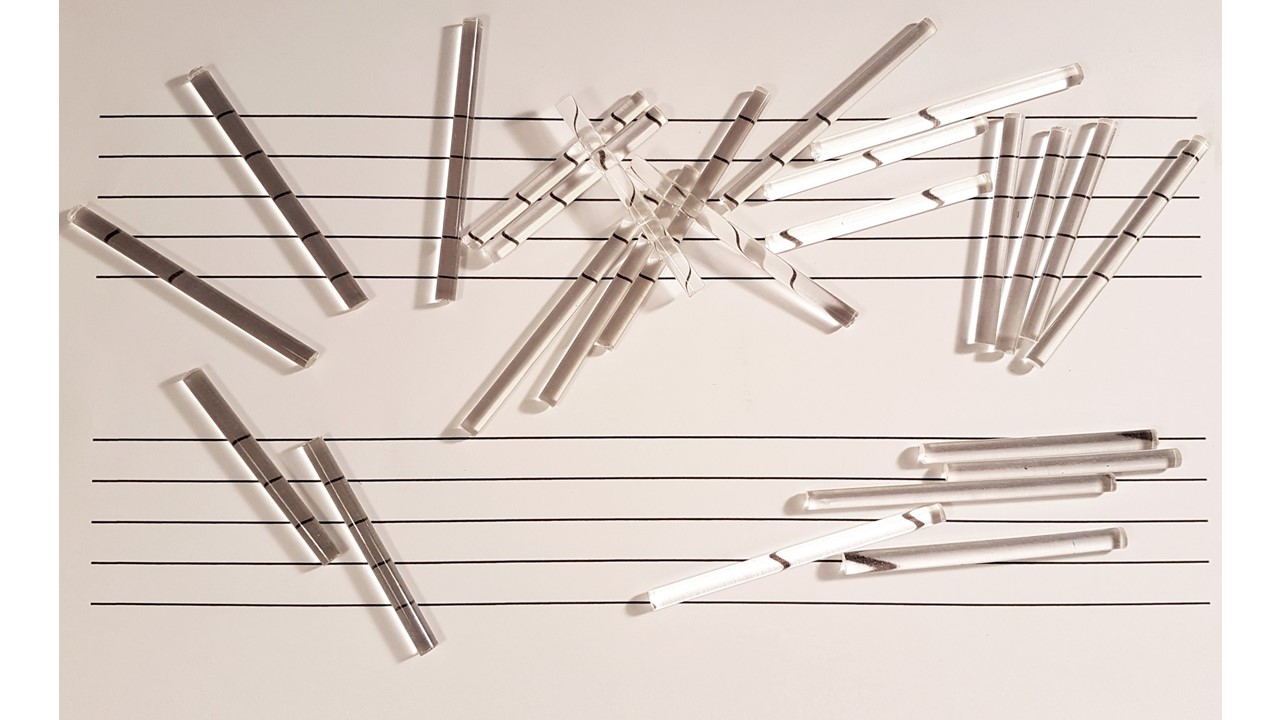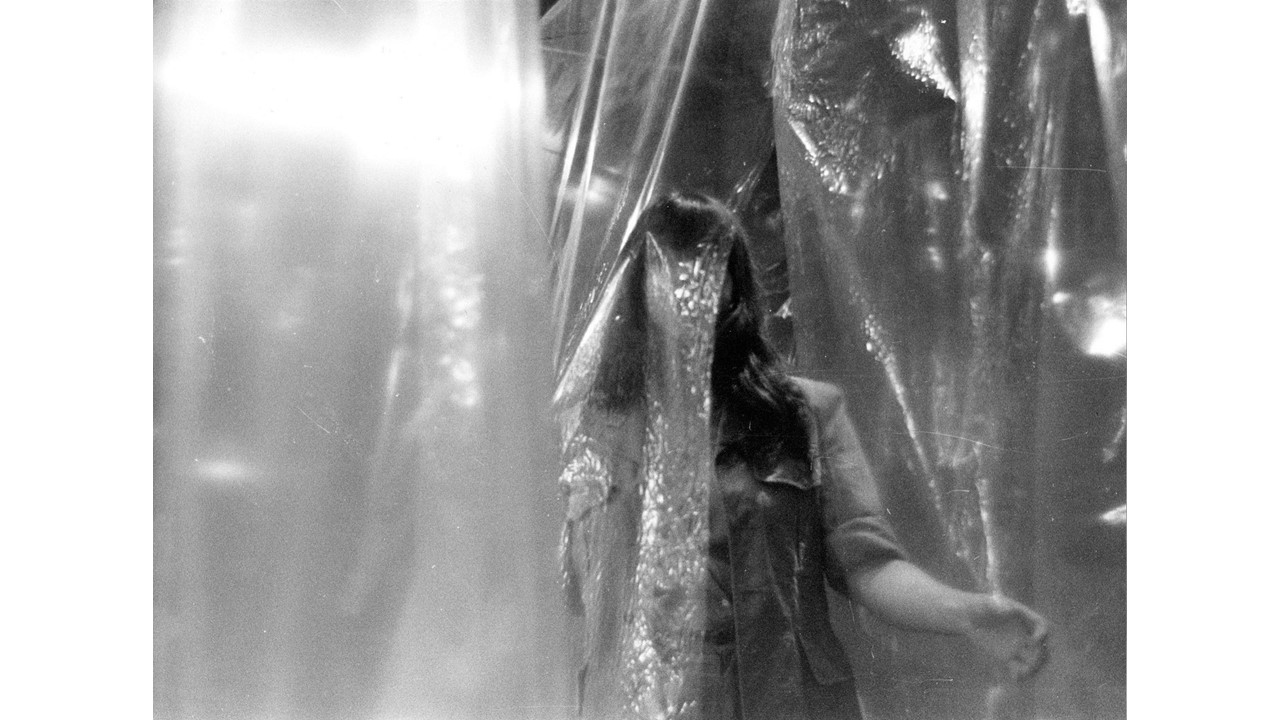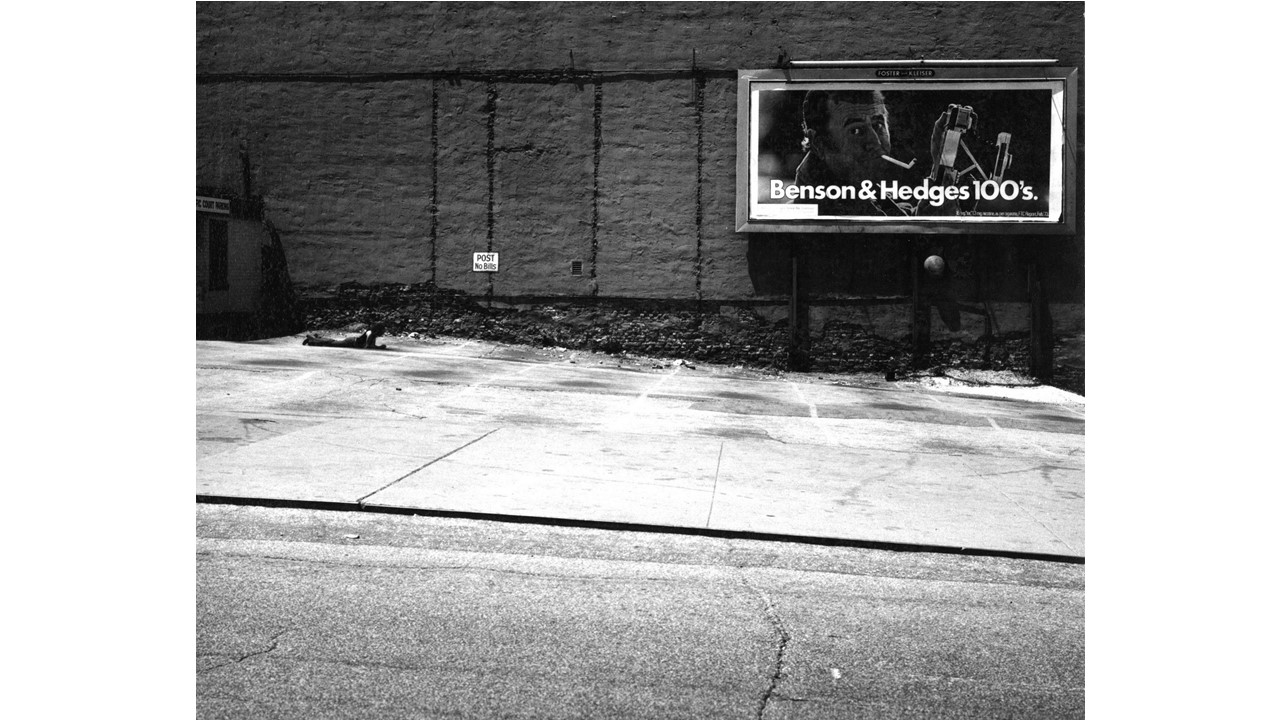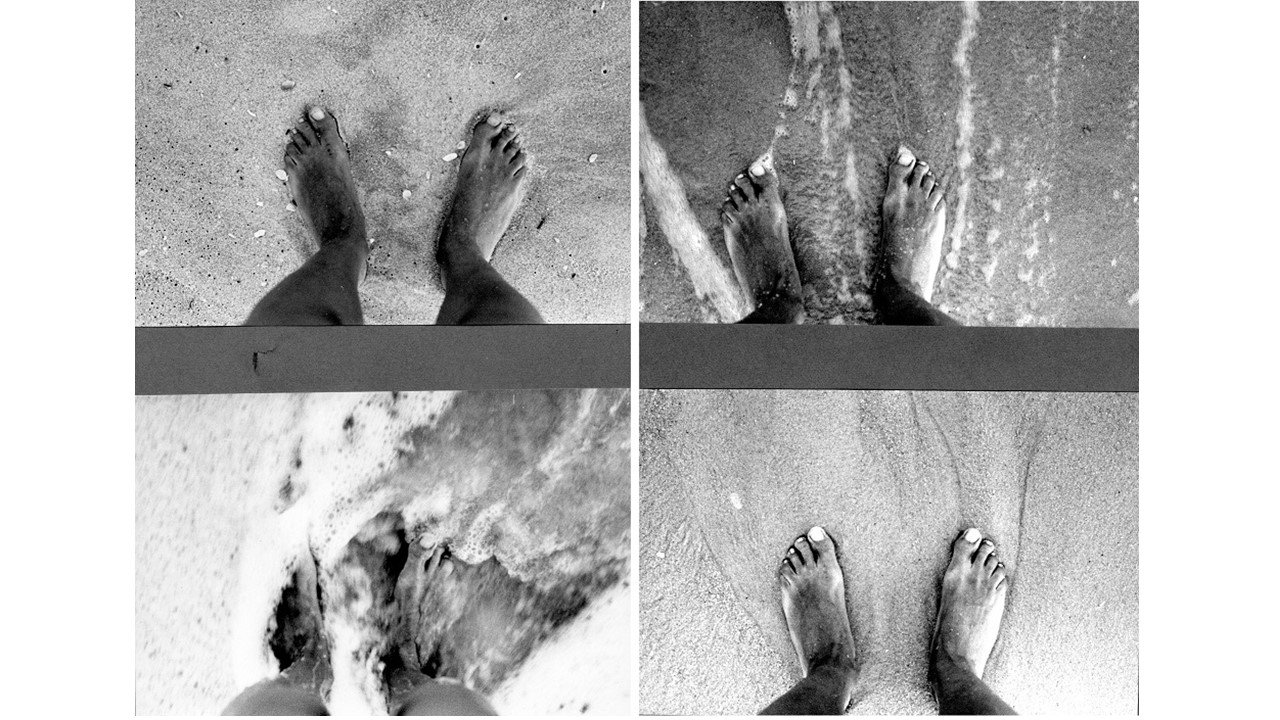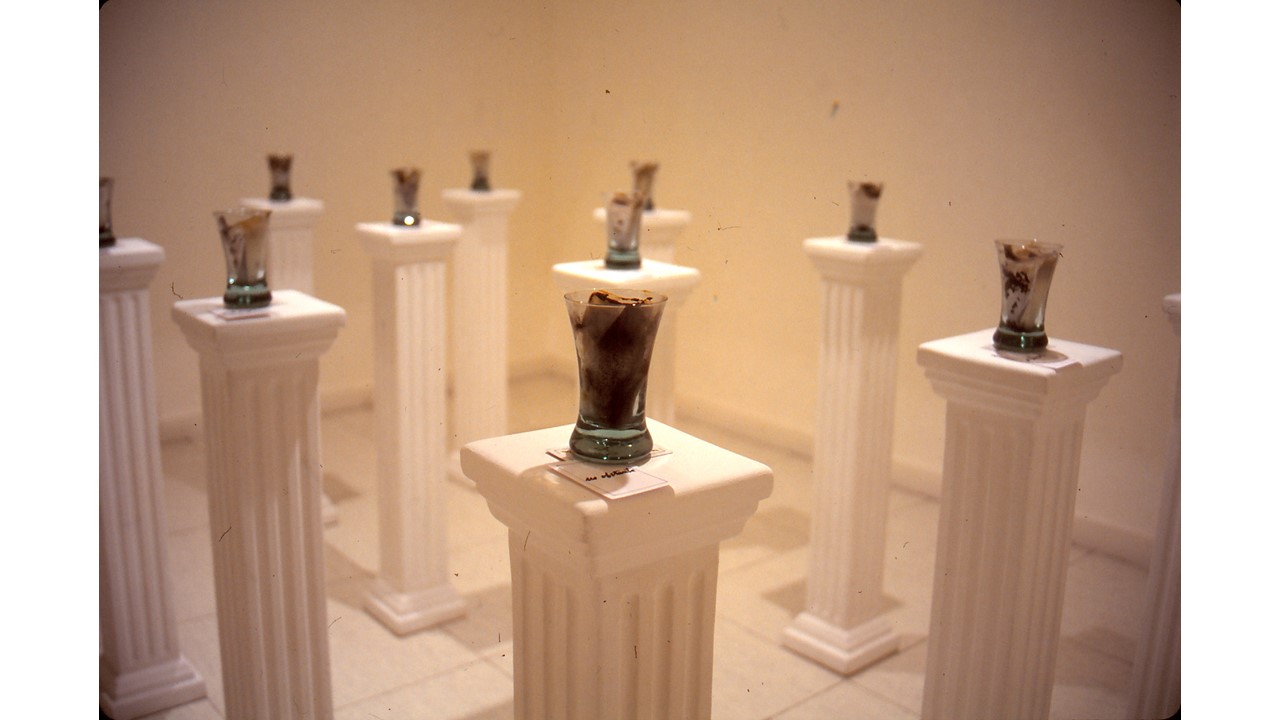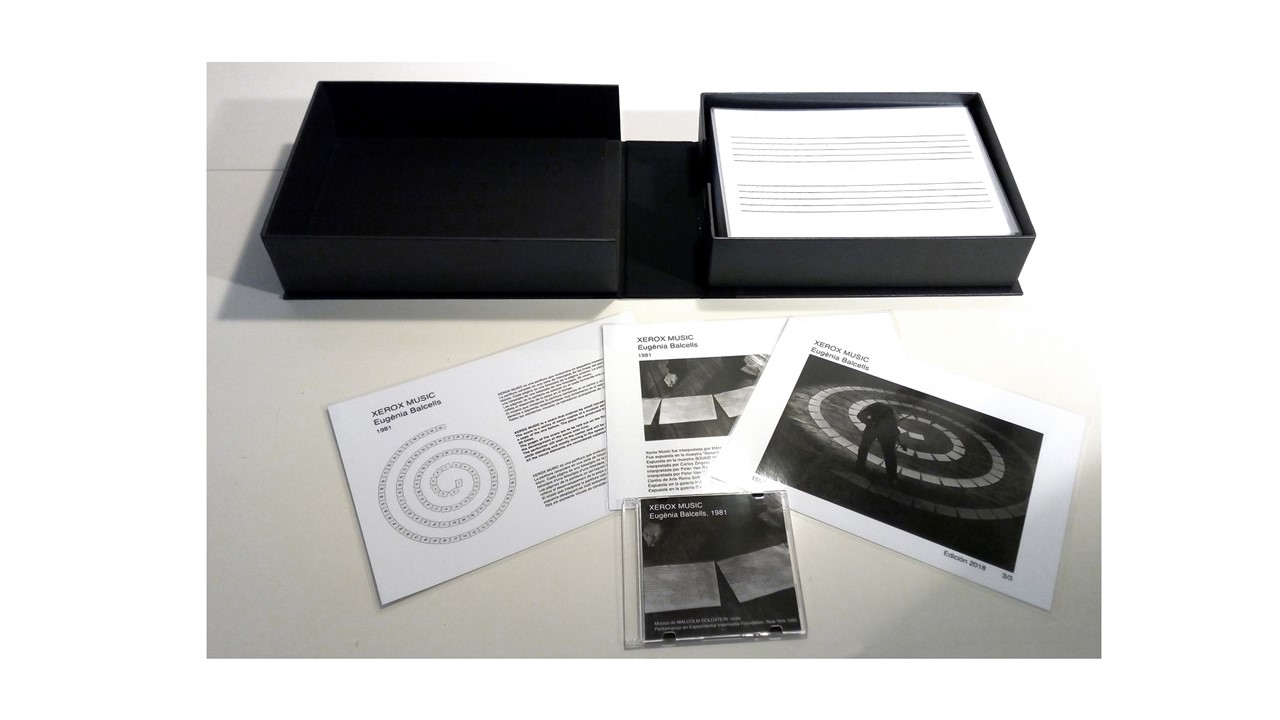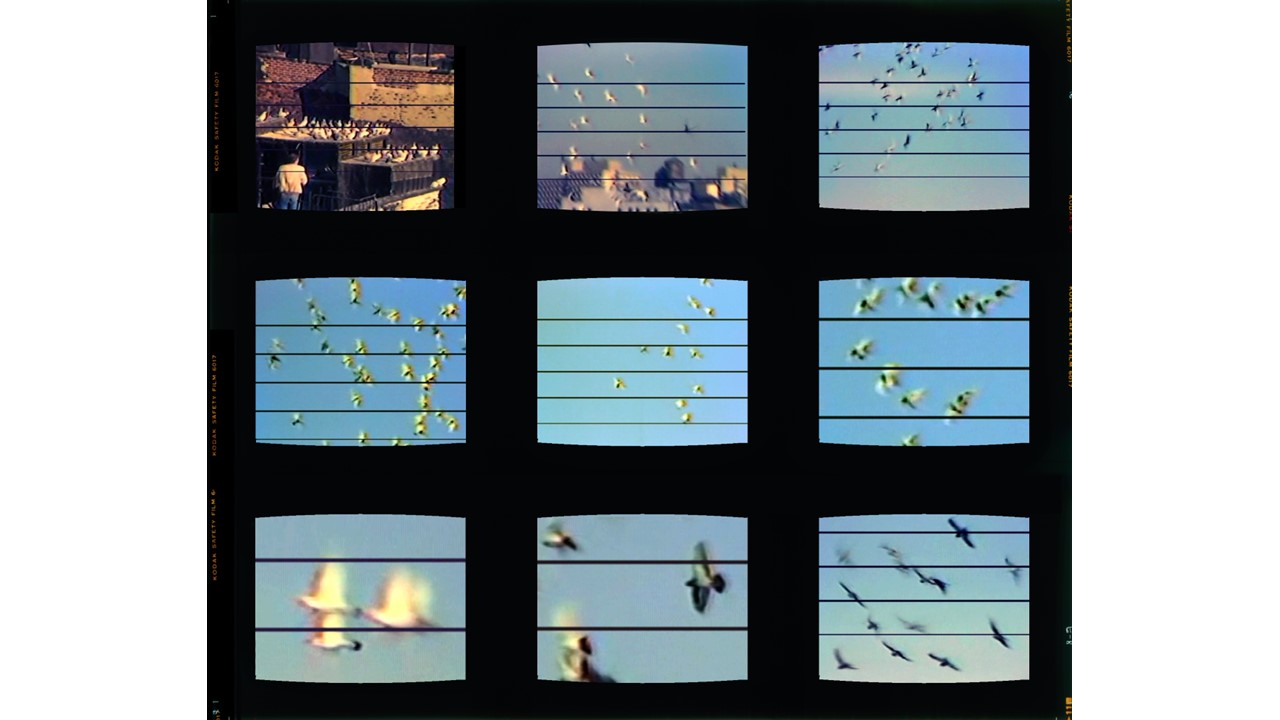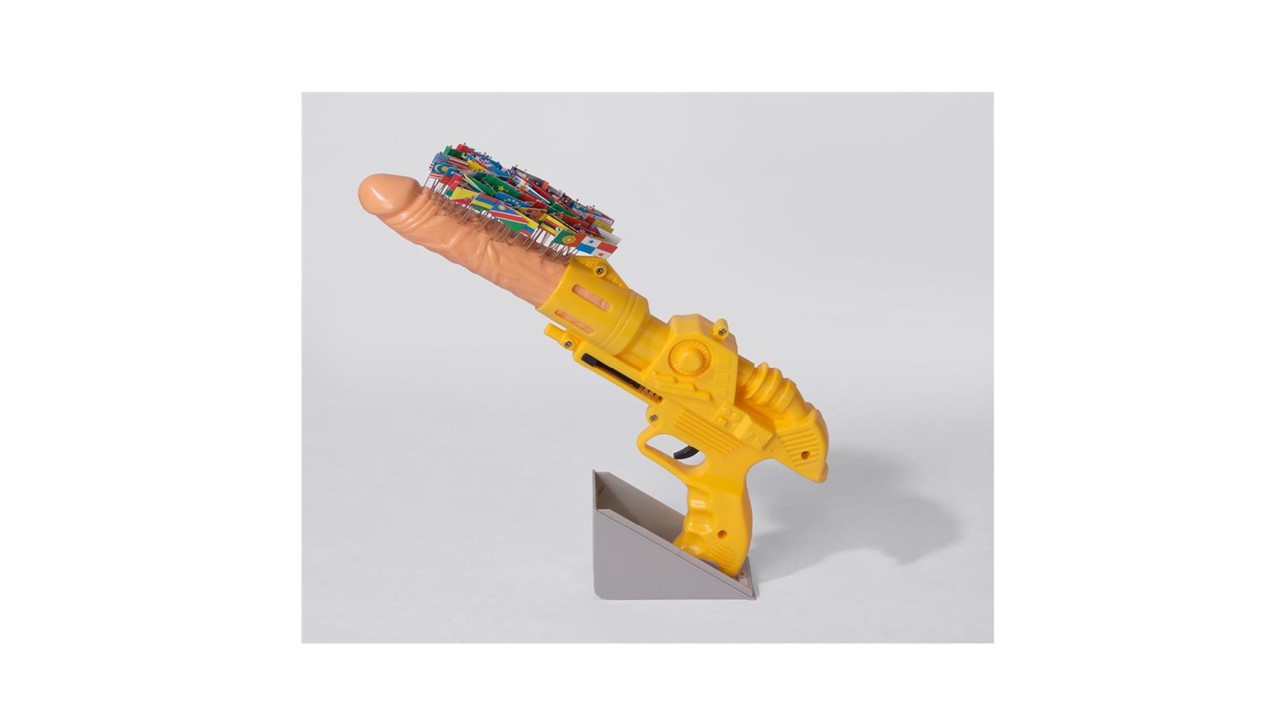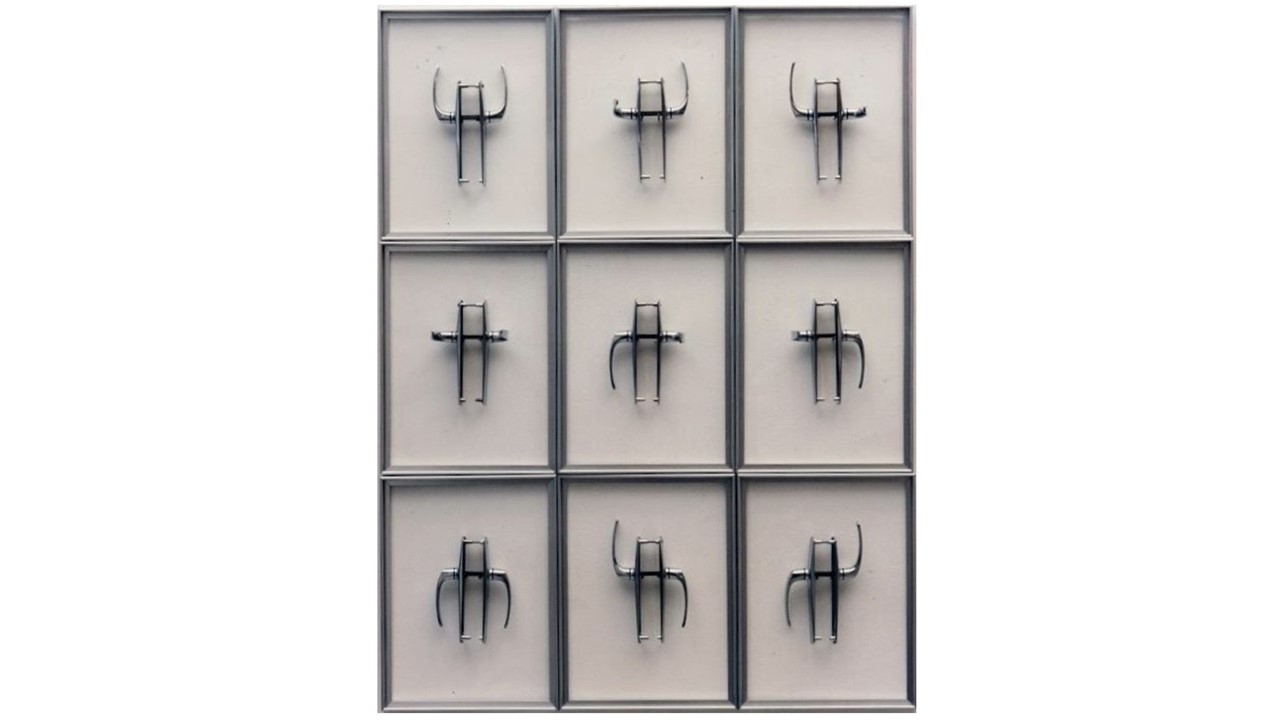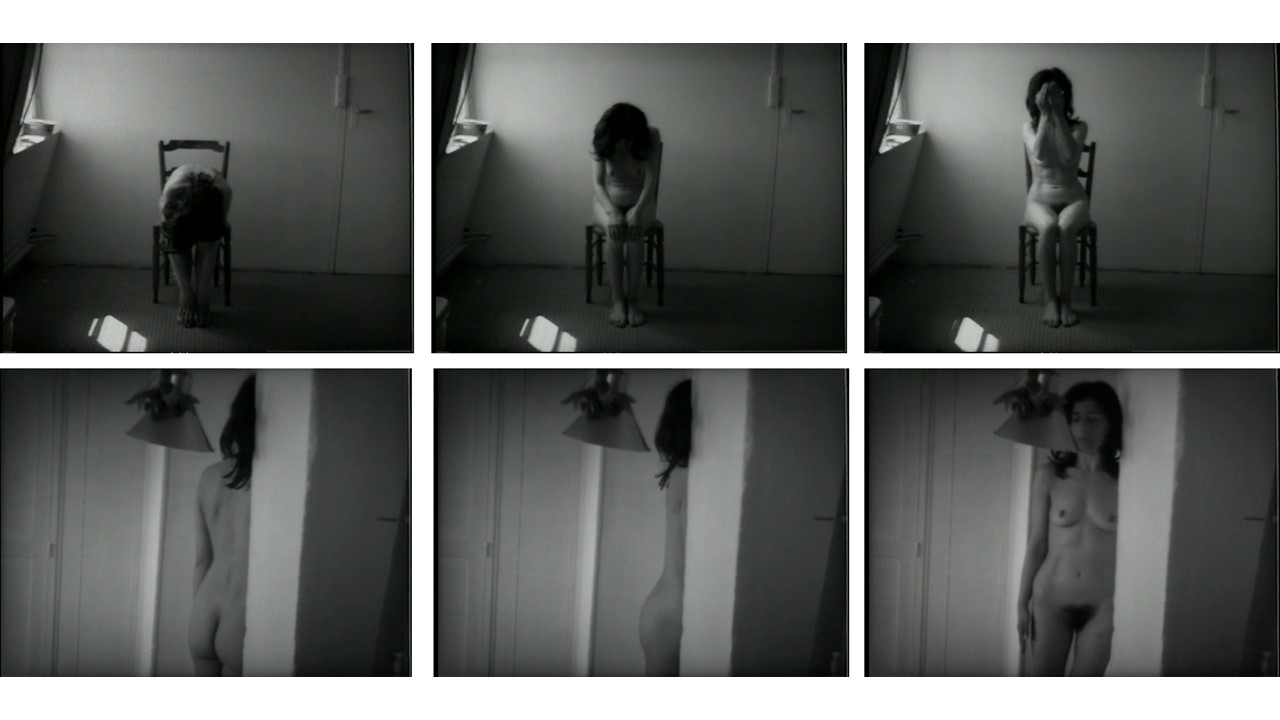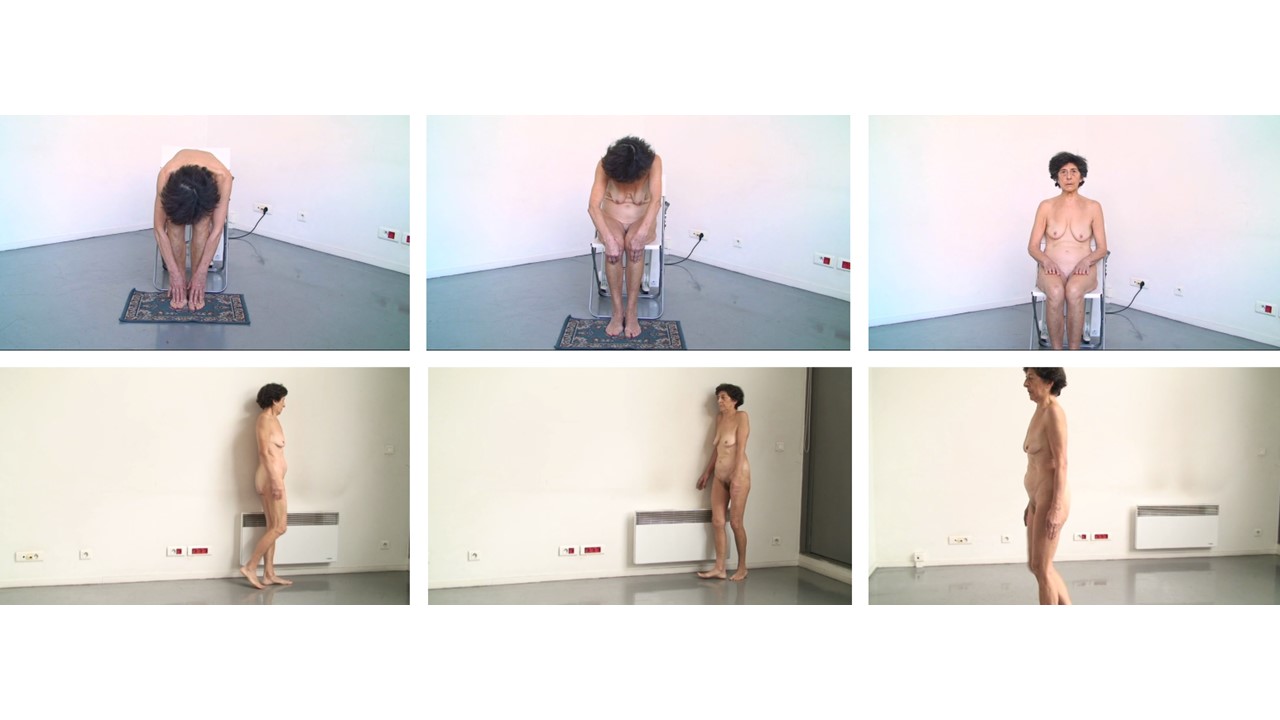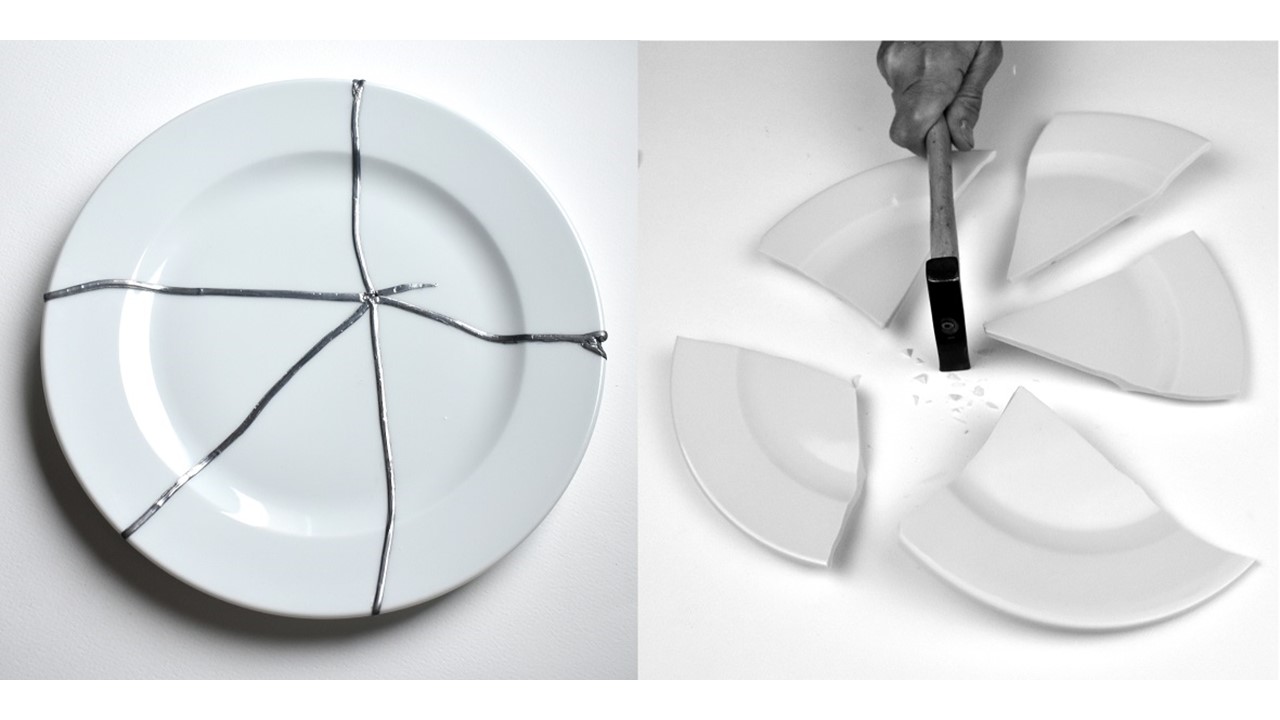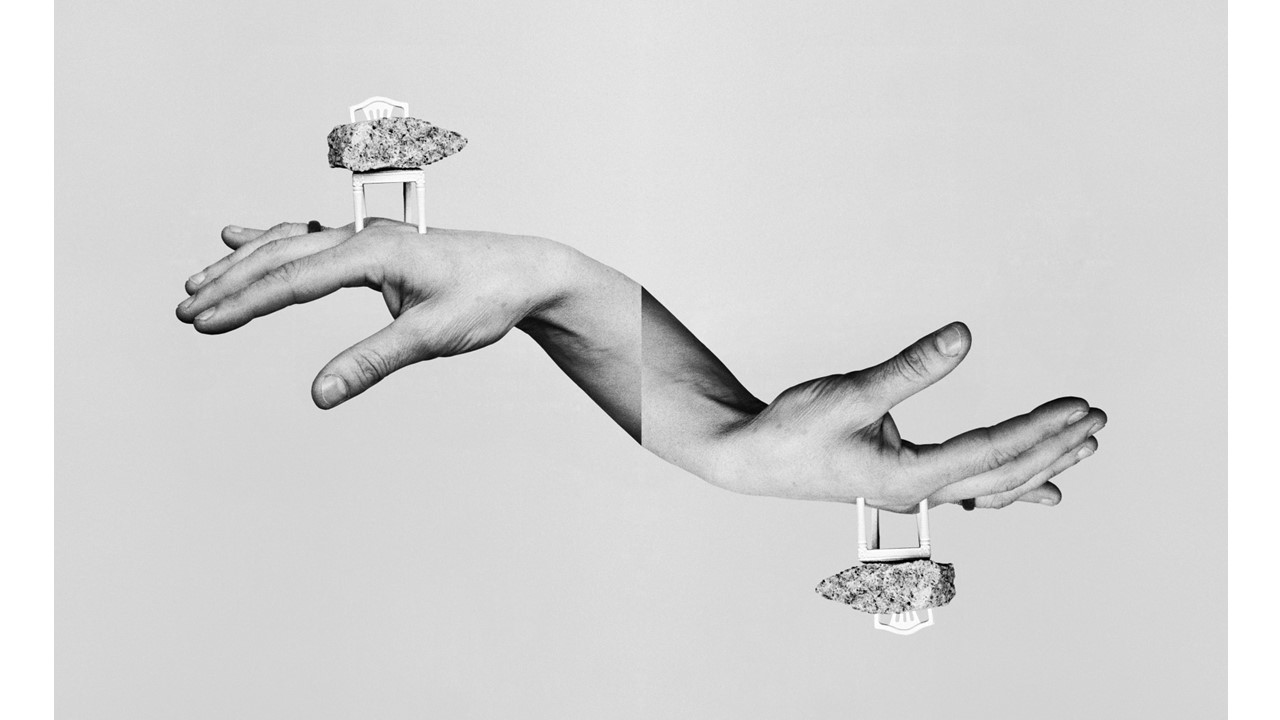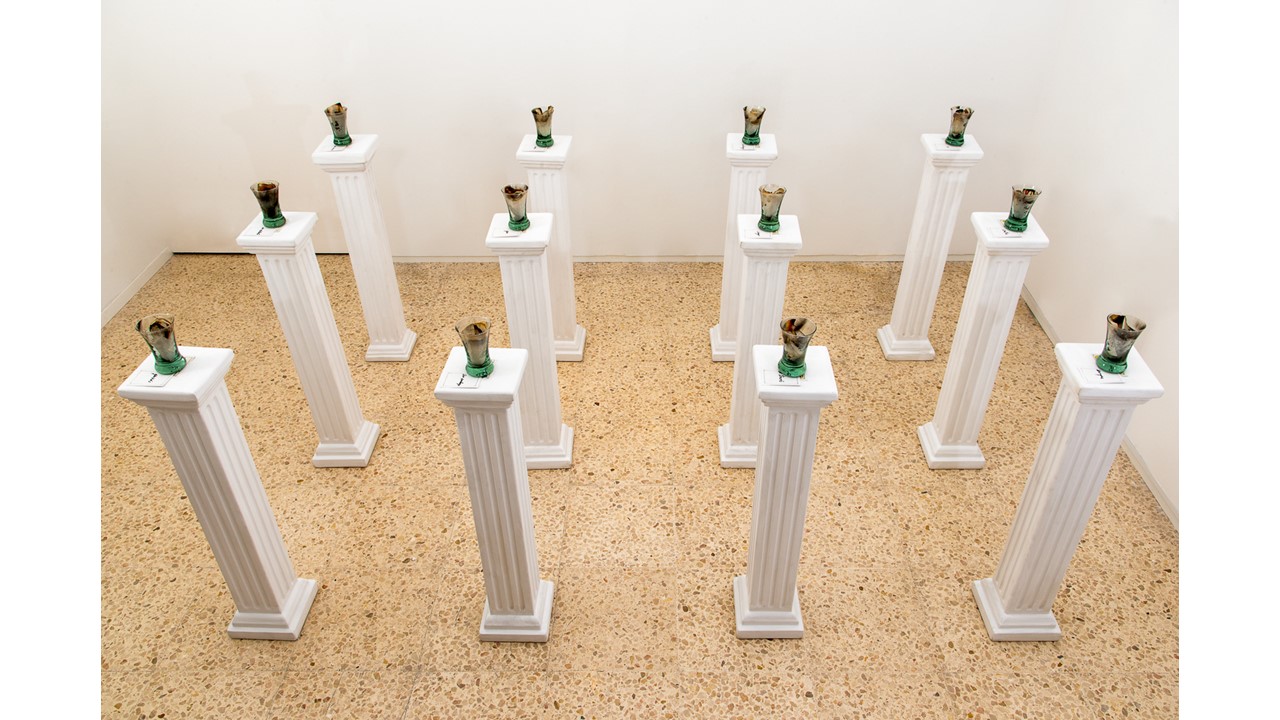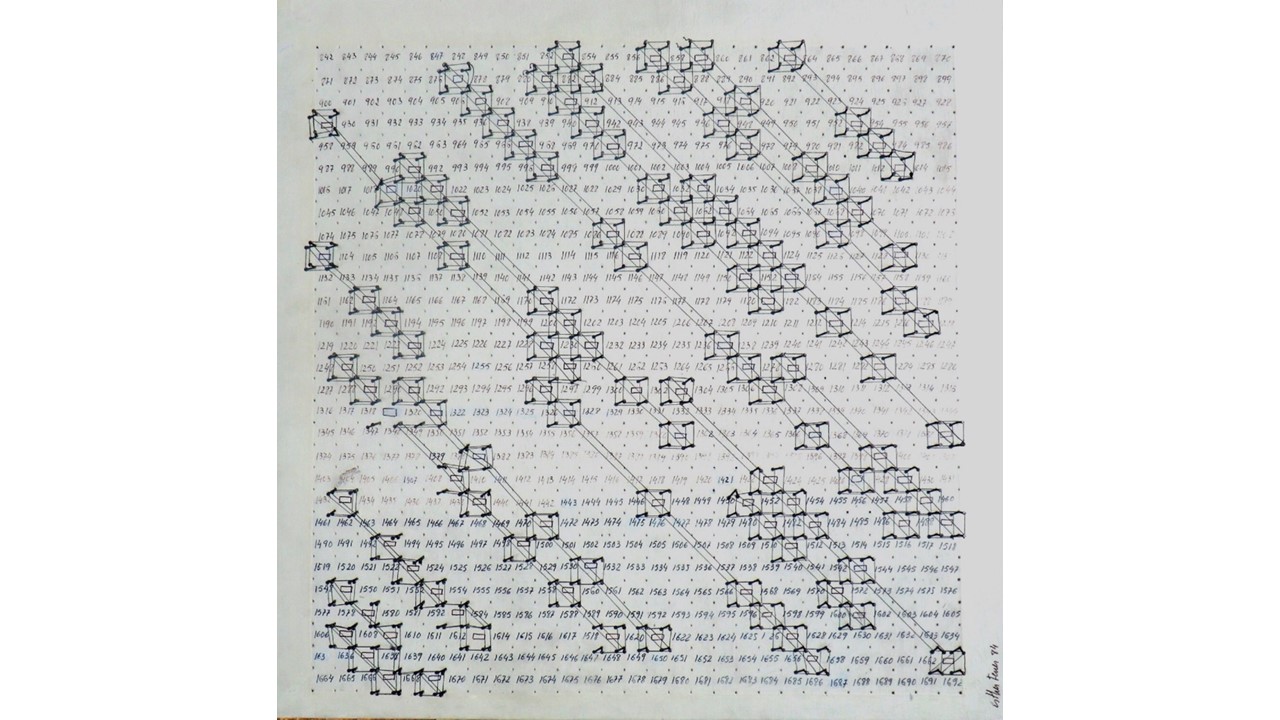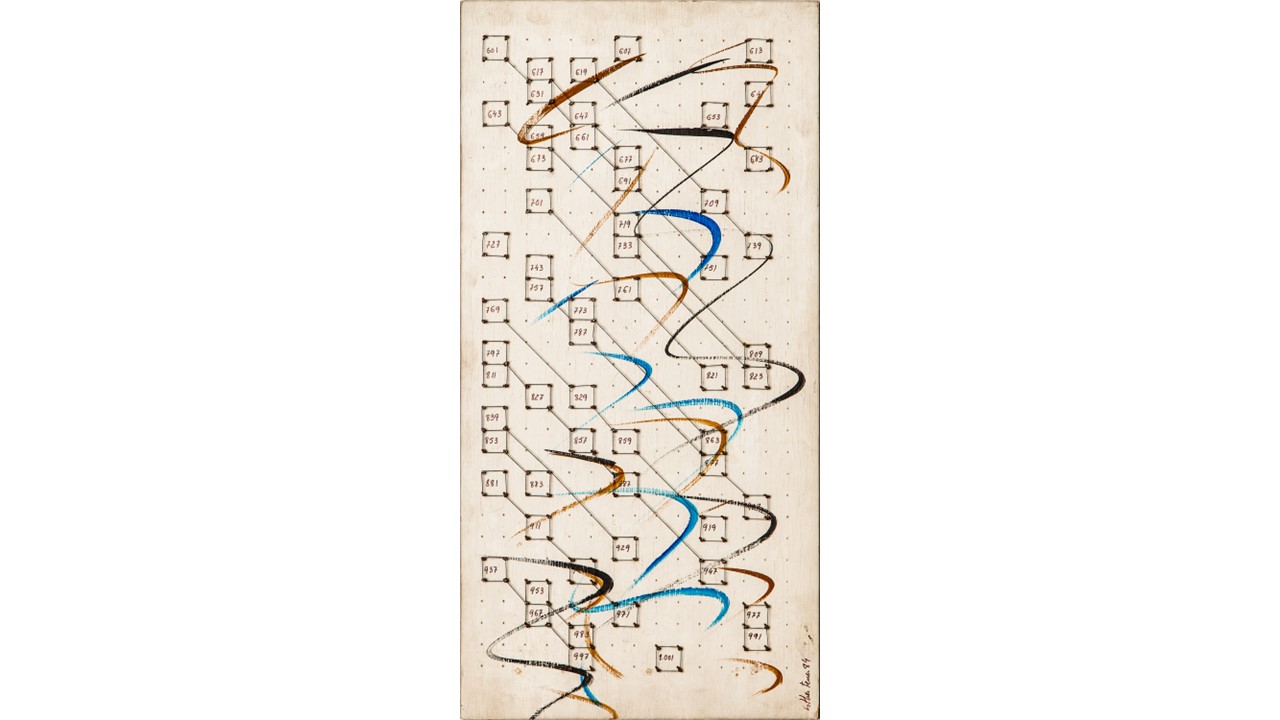Rites of Passage. Body as Symbol and Operator of Symbols, curated by Nieves Correa
Eugènia Ballcels | Denys Blacker | Nieves Correa | Esther Ferrer | Concha Jerez | Ángels Ribé
from February 21, 2019 to April 6, 2019
In the seventies of the last century the body, the bodies, begin to make their appearance among the folds of a dictatorship that, decreasing, would "legally" charge the lives of six people. Students, workers and neighbourhood movements, women, other sexualities... begin to regain public spaces and become present, corporeal, in the struggle and resistance. In the context of art, bodies began to appear in the Spain of those years not as an image and representation, but as corporeality and presence through performative practices and action art, occupying a place of enormous importance in an avant-garde art scene that for the first time in this country began to recognize women. As Maite Garbayo[1] points out, at that time many artists begin to explore the possibilities of the body to create new images and new presences of themselves with "a willingness to approach the possibilities of game and resistance that are hidden inside a tightly controlled space”, understanding this space as the political, social, cultural and identity space of the women themselves within the control framework of the dictatorship.
Twenty years later, the arrival in the professional art world of a new generation of women, often by the hand of the artists of the previous generation through its didactic facet, coincides with the imposition of the "other story" that begins with the transition at a political level and continues in the early nineties socially and above all culturally building a perfect set for this new political stage: postmodern, a little rogue, irrelevant and above all amnesic. And in this closed and excluding framework we build a different story based on the reality of our experience, of the day-to-day, of the personal, of the ephemeral, of the reality of our bodies and our contexts from a feeling of diffuse responsibility over the urgent need of writing our own story in real time or disappear as so many others had disappeared in different contexts and circumstances. It is then that a new generation of women artists emerges who creates, writes, theorizes and activates self-organized channels and self work networks.
This exhibition shows fifteen pieces by six artists of both generations that go from the late sixties to 2014. In them the body, the action and the performativity are present either in its activation, in its conception or in the very essence of the work and explore techniques so diverse as video, photography, installation or musical score. All of them being "rites of passage", a permanent crossing of thresholds, a constant search of the own language and its implicit political dimension.
[1] Maite Garbayo Maeztu, “Dar presencia al cuerpo: prácticas perfomáticas en el tardofranquismo”. Anales del Instituto de Investigaciones Estéticas [en linea] 2016, XXXVIII. Available in:
Article about the exhibition, published in M-arte y cultura visual

